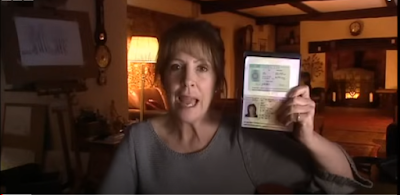OMO advert: blog tasks
1955
2) How were women represented in most adverts in the 1950s? Add as much detail to this answer as you can as these are the social, cultural and historical contexts we will need to write about in the exam.
In the 1950s, ads showed women as happy housewives, focused on cleaning, cooking, and taking care of their families. They were mainly shown as shoppers and didn’t appear in many career roles.
3) How does the heading message ('OMO makes whites bright') and the style of the text promote the product?
The heading "OMO makes whites bright" shows that the product makes clothes whiter. The bold, clear text makes the message easy to understand and memorable.
4) Analyse the mise-en-scene in the advert (CLAMPS): how is costume, make-up and placement of the model used to suggest women's role in society?
On the advert the woman is wearing makeup, causal clothes, there is natural light (sun light).
5) Why is a picture of the product added to the bottom right of the advert?
6) What are the connotations of the chosen colours in this advert - red, white and blue?
The red, white, and blue in the OMO advert symbolize energy, cleanliness, and trust. Red suggests power, white represents freshness, and blue conveys reliability, making the product appear effective and dependable.
7) How does the anchorage text use persuasive language to encourage the audience to buy the product? Give examples.Anchorage text uses persuasive language by creating urgency, building trust, and showing benefits.
8) What representation of women can be found in this OMO advert? Make specific reference to the advert and discuss stereotypes.
In the OMO advert, women are portrayed in traditional domestic roles, mainly responsible for tasks like laundry. This reinforces the stereotype that women are expected to manage household chores, while men are less involved. The focus on women doing the work highlights gendered expectations of caregiving and domestic responsibility.
9) What is the preferred reading for this advert - what did the producers of the advert want the audience to think in 1955?
The preferred reading of the 1955 OMO advert is that the product makes women’s household chores, especially laundry, easier. The producers wanted the audience to see OMO as an essential, time-saving tool for homemakers, reinforcing traditional gender roles of women managing domestic tasks.


Comments
Post a Comment